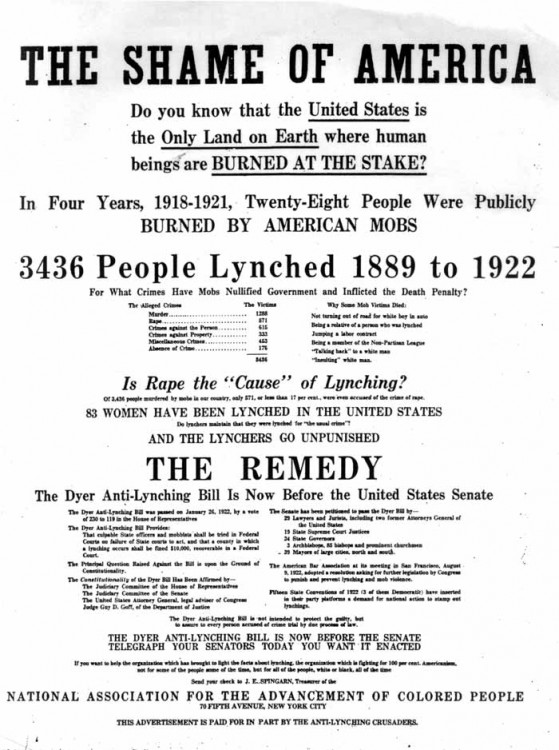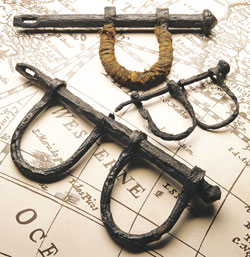New Justice Dept. policy says agents must intervene if they see abuse
Share
Explore Our Galleries
Breaking News!
Today's news and culture by Black and other reporters in the Black and mainstream media.
Ways to Support ABHM?
By Devlin Barrett, The Washington Post
Memo from is the first such policy update in 18 years.

The Justice Department has updated its use-of-force policy for the first time in 18 years, telling federal agents they have a duty to intervene if they see other law enforcement officials using excessive force — a change that follows years of protests over police killings.
The new policy is outlined in a memo issued Friday by Attorney General Merrick Garland, which circulated Monday among rank-and-file federal law enforcement agents.
The Washington Post reviewed a copy of the four-page memo addressed to the heads of the FBI, the Bureau of Alcohol, Tobacco, Firearms and Explosives, the Drug Enforcement Administration, the U.S. Marshals Service and the Bureau of Prisons. Garland wrote in the memo that the guidance aims to keep the official policies of those agencies, which are arms of the Justice Department, up to date with current training and practices of federal law enforcement.
“Officers will be trained in, and must recognize and act upon, the affirmative duty to intervene to prevent or stop, as appropriate, any officer from engaging in excessive force or any other use of force that violates the Constitution, other federal laws, or Department policies on the reasonable use of force,” the memo states.
Find out more about this new DOJ policy.
Police abuse goes hand in hand with disproportionate incarceration rates of Black Americans.
Don’t miss the latest Black community and culture news.









Comments Are Welcome
Note: We moderate submissions in order to create a space for meaningful dialogue, a space where museum visitors – adults and youth –– can exchange informed, thoughtful, and relevant comments that add value to our exhibits.
Racial slurs, personal attacks, obscenity, profanity, and SHOUTING do not meet the above standard. Such comments are posted in the exhibit Hateful Speech. Commercial promotions, impersonations, and incoherent comments likewise fail to meet our goals, so will not be posted. Submissions longer than 120 words will be shortened.
See our full Comments Policy here.